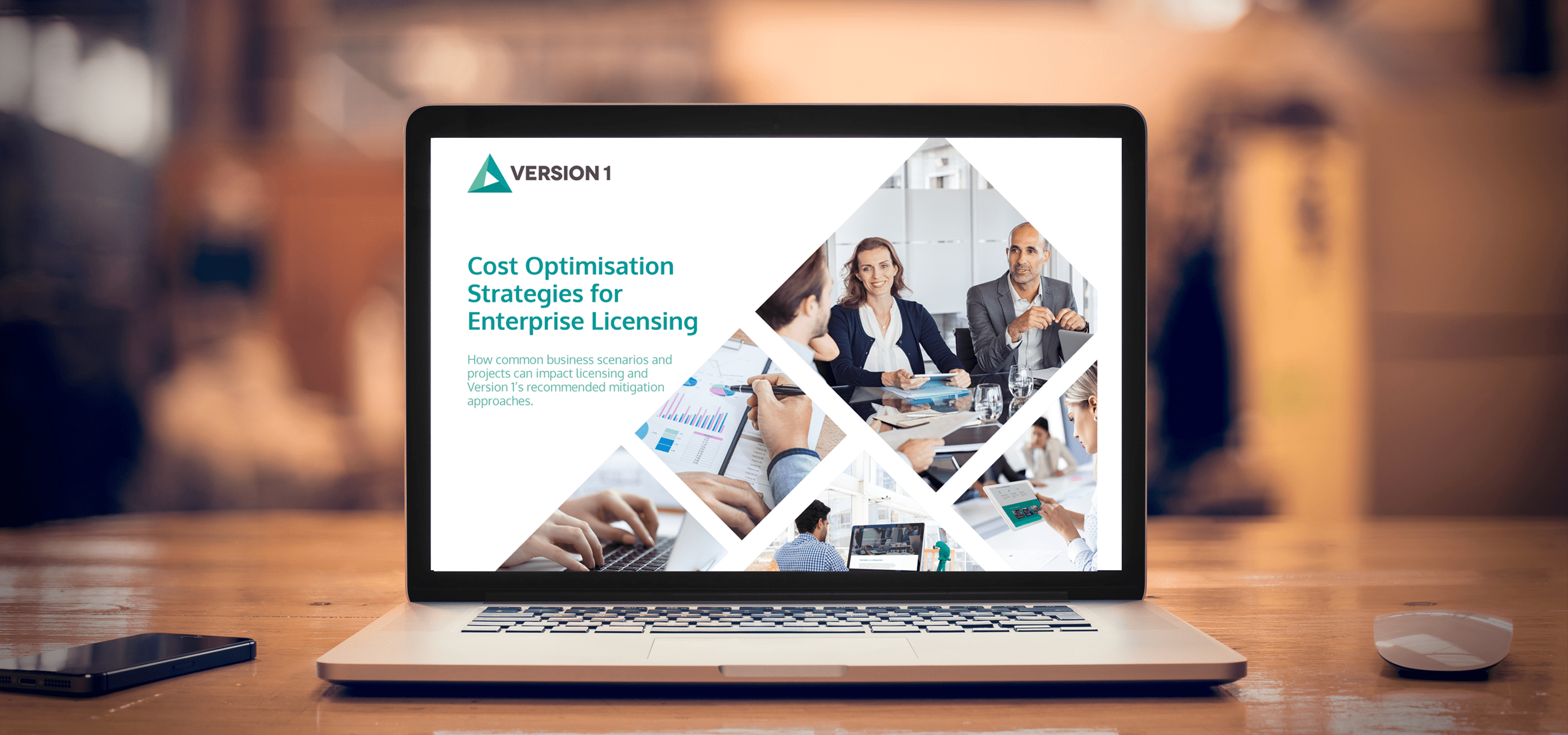3 min read
Strategies for Optimising Enterprise Licensing Costs
“The aim to achieve cost management, cost reduction and cost avoidance could potentially end up costing more than anticipated if not given due consideration.”
As the UK is now officially in a recession, the need for businesses to look for areas to reduce costs and avoid unnecessary spend is critical. The global economy may not return to normal levels for several years and remains highly uncertain.
The IMF’s World Economic Update in June 2020 highlighted the concern that the economic recovery may be more gradual than previously predicted.
Therefore, businesses need to not only consider their short-term cost profiles but the longer-term financial and business operating models. Gartner, in their July 2020 press release describes this as part of a business ‘resetting’ process, with the ‘renew’ phase outlining longer-term planning by building ‘sustainable changes into business and operating models.’
Now is the time that business leaders will be exploring any number of ways to survive in this new normal and devising strategies for the future. It goes without saying that we are entering yet another unprecedented era of uncertainty.
Ironically, in the world of enterprise license compliance, business change to improve efficiency can sometimes have an adverse effect on your enterprise license position from a financial and contractual perspective.
The aim to achieve cost management, cost reduction and cost avoidance could potentially end up costing more than anticipated if not given due consideration. What are the areas to look out for in terms of opportunities for Enterprise Licensing Cost Optimisation? The Version 1 SAM Practice has compiled a list of the typical business scenarios and projects that we are seeing in the market currently:
- Moving some or all of your IT infrastructure to the cloud
- During your transformation project, there is a period of parallel running between technology platforms
- Some or all your IT infrastructure is in the cloud and you need to optimise costs
- You have a virtualised environment or are moving to a virtualised environment
- You need to reduce unnecessary software spend
- You are looking for ways to reduce software support costs for software not in use anymore
- You have received a letter from your vendor requesting an audit
- There is a license contract or agreement that is about to renew or expire
- You are about to embark on a large change, ERP or digital transformation project that requires the procurement of software
- You have a large software asset estate and your in-house teams are struggling to manage due to lack of specialist skills
- You are about to merge or be acquired by another company or divest
- You are using Java in your applications, and you wish to ensure the ongoing support costs are minimised
In our experience, taking control of your software assets regardless of your business objectives or future plans is advantageous. Implementing appropriate software asset management measures and processes will create good governance and cost control, but will also establish an environment of ongoing optimisation and compliance, which in turn reduces the opportunity for problems to manifest themselves.
Within software license estates, there are multiple opportunities to reduce cost and risk and avoid unbudgeted spend. They may not be entirely obvious, however by adopting software asset management procedures, these cost optimisation opportunities can be uncovered to significant business benefit, with problems exposed early enough to help you sidestep non-compliance and unbudgeted cost.
With this in mind, Version 1 has published a brand-new whitepaper on the typical business scenarios and projects listed above that we are seeing in the market, and the often-unknown financial and contractual impacts they can have on enterprise licensing.
Download our latest whitepaper to learn more about each of the common business scenarios and projects, how they can adversely impact enterprise licensing, and our high-level view on the most effective mitigation methods in order to create cost optimisation opportunities.
